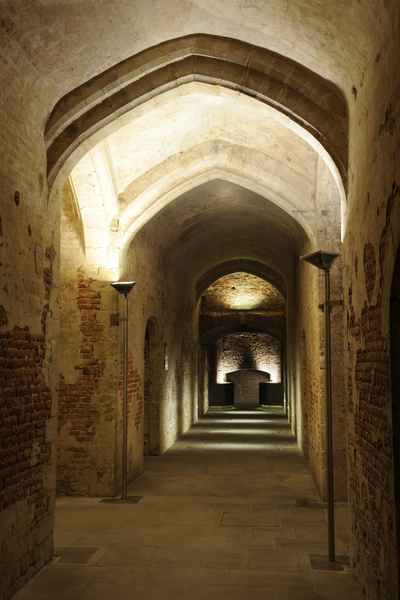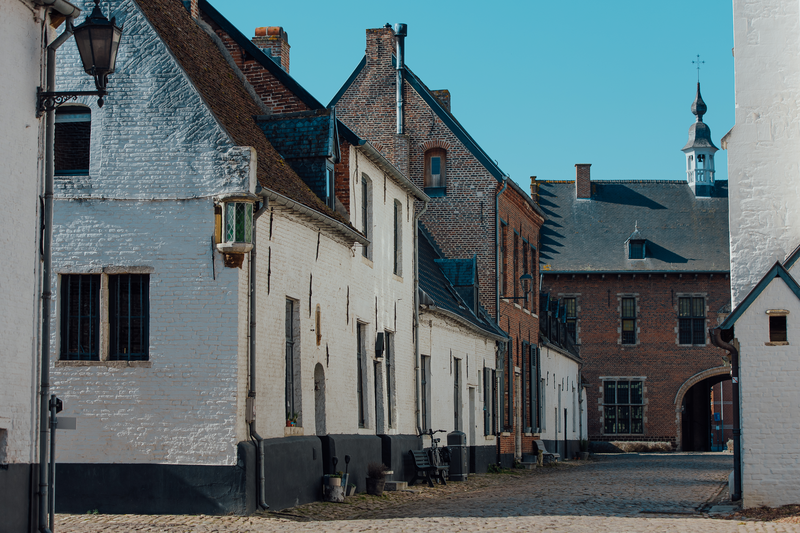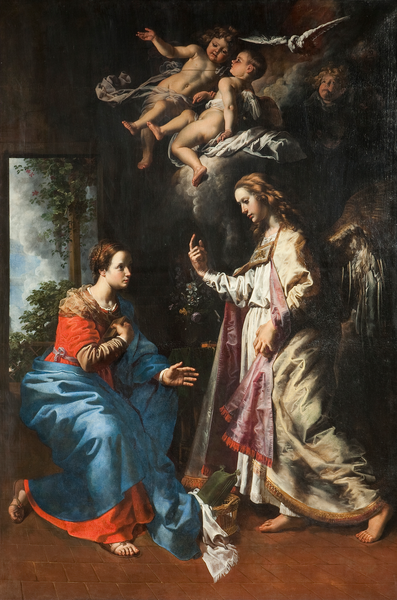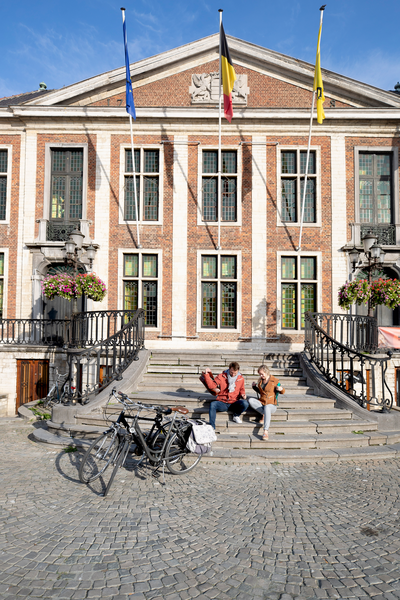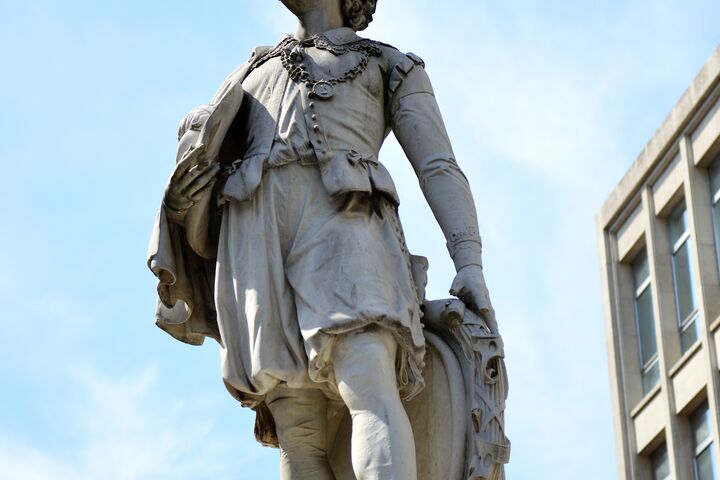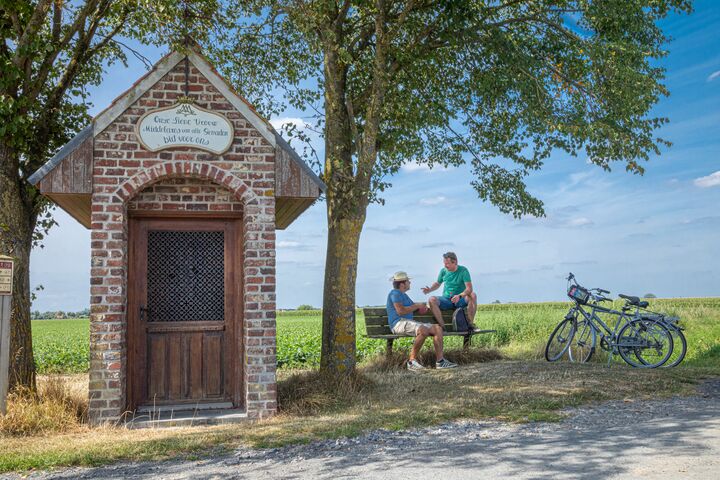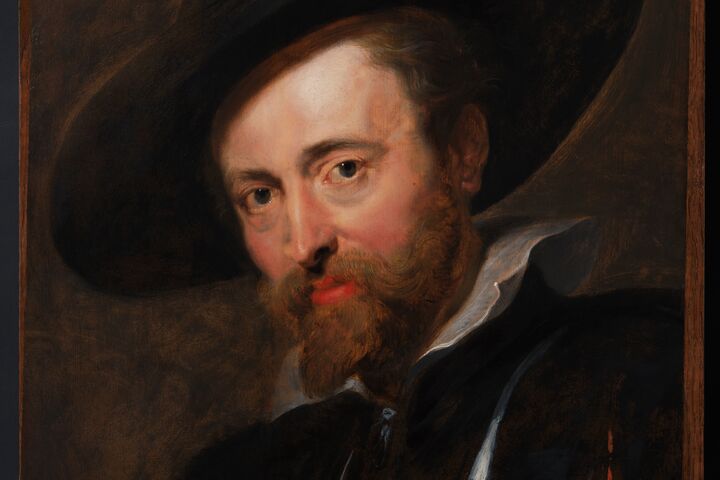Even though the name Theodoor van Loon does not resonate like those of Rubens or Van Dyck, the baroque painter left behind some astounding masterpieces. In his art, he mixed the baroque Italian grandeur with the refined Flemish reality in a unique way.
At a young age, Van Loon travelled to Rome, where he was a student of Caravaggio. You can clearly see this in his dramatic light-dark contrasts. His exceptional talent was already evident in his earliest works, which were infused with Caravaggistic elements and praised for their dramatic and emotional depth.
Back in Brussels, Theodoor van Loon painted a series of masterpieces for churches and monasteries. With refined brushstrokes, he brought saints and biblical scenes to life. With his ability to depict the deeper meaning of religious stories, he portrayed the intense spirituality of his era like no other.
Little is known about Van Loon’s personal life, but the monumentality of his legacy is undisputed. This giant of painting pushed the boundaries of the Flemish baroque. You can see this with your own eyes in places such as Brussels, Diest and Scherpenheuvel.
Discover the Flemish Master in these places
